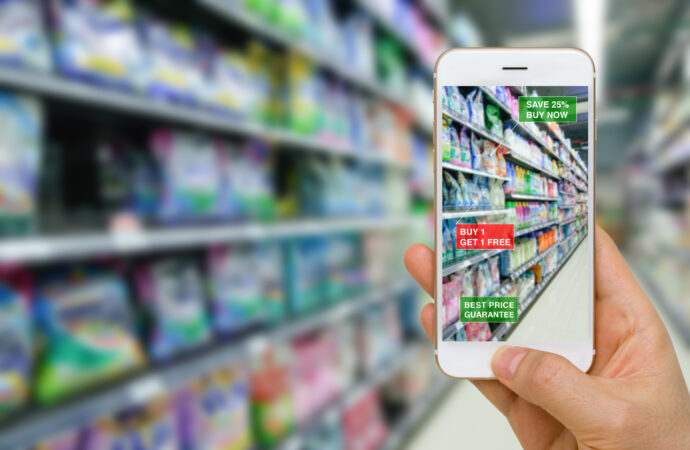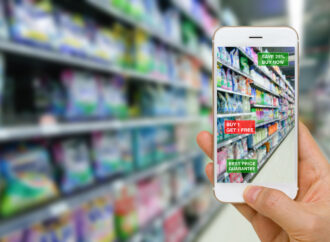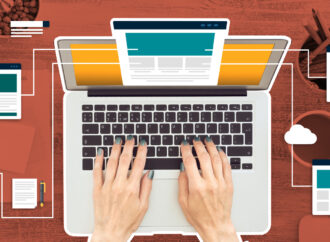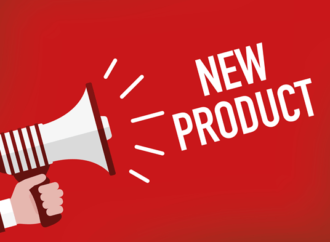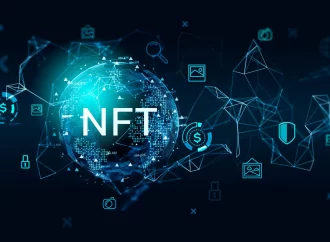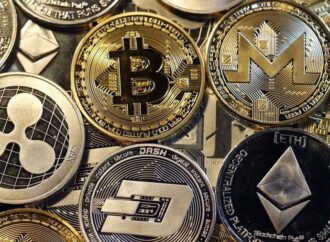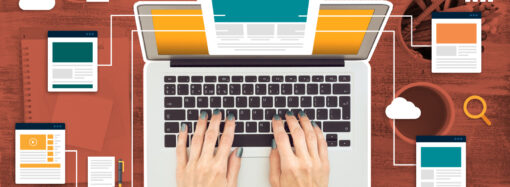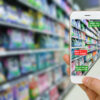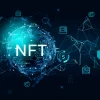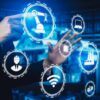Five years ago, imagine walking into a grocery-store. You’d walk to the freezer section, grab a pint of frozen ice cream, then go home. It was simple. It involved no interaction with smart screen. Today you might scroll Instagram to see an ad offering a subscription service for ice cream. Alexa might remind you to stop by the ice
Five years ago, imagine walking into a grocery-store. You’d walk to the freezer section, grab a pint of frozen ice cream, then go home. It was simple. It involved no interaction with smart screen.
Today you might scroll Instagram to see an ad offering a subscription service for ice cream. Alexa might remind you to stop by the ice cream shop after work. Your partner might text you asking you for cookies and cream. Waze appears on your dash display so you don’t miss traffic. Finally, you head into the store to listen to a summer tune on your wireless headphones. The music gets you in the mood to purchase popsicles. You walk out with your purchases in your hand.
All these touchpoints are only a handful of IoT experiences in your day. None of these touchpoints can be controlled by the retail outlet where you are actually buying your ice-cream, unless you include the self checkout.
How can retailers tap into IoT?
IoT Technology Enhances Customer Experience
According to one company cooler doors is the way to go.
The company, aptly named Cooler Screens, was founded in response to a void in the consumer experience–brick-and-mortar retailers just didn’t have much IoT connectedness. Cooler Screens built IoT enabled smart screens that would allow customers to have a better shopping environment. It combined the best aspects of online shopping (ease, relevance and transparency) with what they enjoy in-store.
These screens are equipped with multiple advertising functionalities including full door, banner ads and nutrition labels. If consumers are less than six feet away from the screens, sensors will switch to showcase products if customers are within a digital planogram. This includes real-time pricing and promotions.
The true benefit to the customer, which will keep them returning for more, would be the ability for screens to clearly show nutrition facts and information about sales. This makes it easier to see the information and avoids squinting. It also reduces the need to open doors to inspect various items. It allows you to make better choices based on your budget.
Selling can be boosted by reminders that are helpful
These screens can be used to encourage bundling, such as toppings or ice-cream. This helps both the retailer, which sells more units, as well as the consumer, who is able to enjoy an icecream sundae in the evening.
Think leaders believe the future for IoT is in providing positive outcomes for both consumers and businesses. Cooler Screens falls into that category.
IoT devices also have positive effects. For example, price-check scanners are longstanding fixtures in Walmart and Target’s aisles. Apple Pay, Square Card readers that plug into phones, smartwatches and iPads that store patient information in hospitals, as well as payment devices at restaurant tables all benefit the customer.
Retailers should then ask a few questions.
Is it possible to use technology to provide customers with a positive and efficient experience. For example, the pharmacy chain envisioned using IoT plus AR for customers to navigate their store. Or am I allowing technology that is outdated or insufficient to my customers to slow down their experience and discourage them returning? Is it making it more difficult for customers find the right items and to pay for them?
IoT/AR Supporting Supply Chains
One benefit of these doors is that they allow you to monitor grocery store inventory and then use that information for modeling to reduce supply chain problems.
Cooler Screens technology offers a number of benefits, including the ability to share data with store owners, suppliers, as well as marketers. The technology does this without collecting personally identifiable information, perhaps hitting a sweet spot in the privacy-versus-information debate.
It is possible to quickly assess the data and make supply, stocking, or purchasing decisions. Although it is unlikely that this will stop another panic-buying glut of toilet papers, there are some possibilities. Consumers might feel more secure if they can share data than simply see empty shelves.
What information would this mean for stores? Theoretically, these data could be used to predict consumer behavior, decrease food and clothing waste, increase profit margins, and improve profitability. The ability to quickly share information across the supply chain could allow for more efficient movement.
IoT benefits small retailers, too
IoT technology can be used by large retailers as well.
IoT devices allow the beekeeper at the farmer’s market to take credit card payments and direct visitors to her social accounts. Customers can sign up to be on the digital waitlist for clothing items in a boutique clothing shop. To build trust with the community, the health food store owner could share digital coupons as well as a monthly newsletter.
This is how IoT technology can be used more effectively to help retailers increase brand loyalty and sales.
IoT Technology Is ubiquitous and will only grow
Smartphones and smartwatches are ubiquitous. Many of us are connected to smart devices via our fans, lights, speakers, locks, thermostats, and other electronic devices. Our computers have Bluetooth keyboards and Netflix streams to our smart TVs.
IoT technology is an integral part of everyday life. So it makes sense that retailers should get in on this trend to help create seamless technology experiences.
Cooler Screens presents a compelling use case for IoT devices being used in retail. Pilot data from the study showed that smart screen shopping was preferred by 90% of consumers. Sales of smart-screen-equipped cooler sections grew between 50 and 100 percent compared with other similar stores.
Future screens may be more than just used to advertise and show off products.
They’ll likely be used to enhance the customer experience. They might be voice-enabled and customers could request directions to a specific item. IoT technology in stores could allow for increased use of touch screens (or even touchless screens) as well as contactless payment options. Customers could browse samples and order their items online. This type of innovation may ensure that retail experiences will remain digital.

